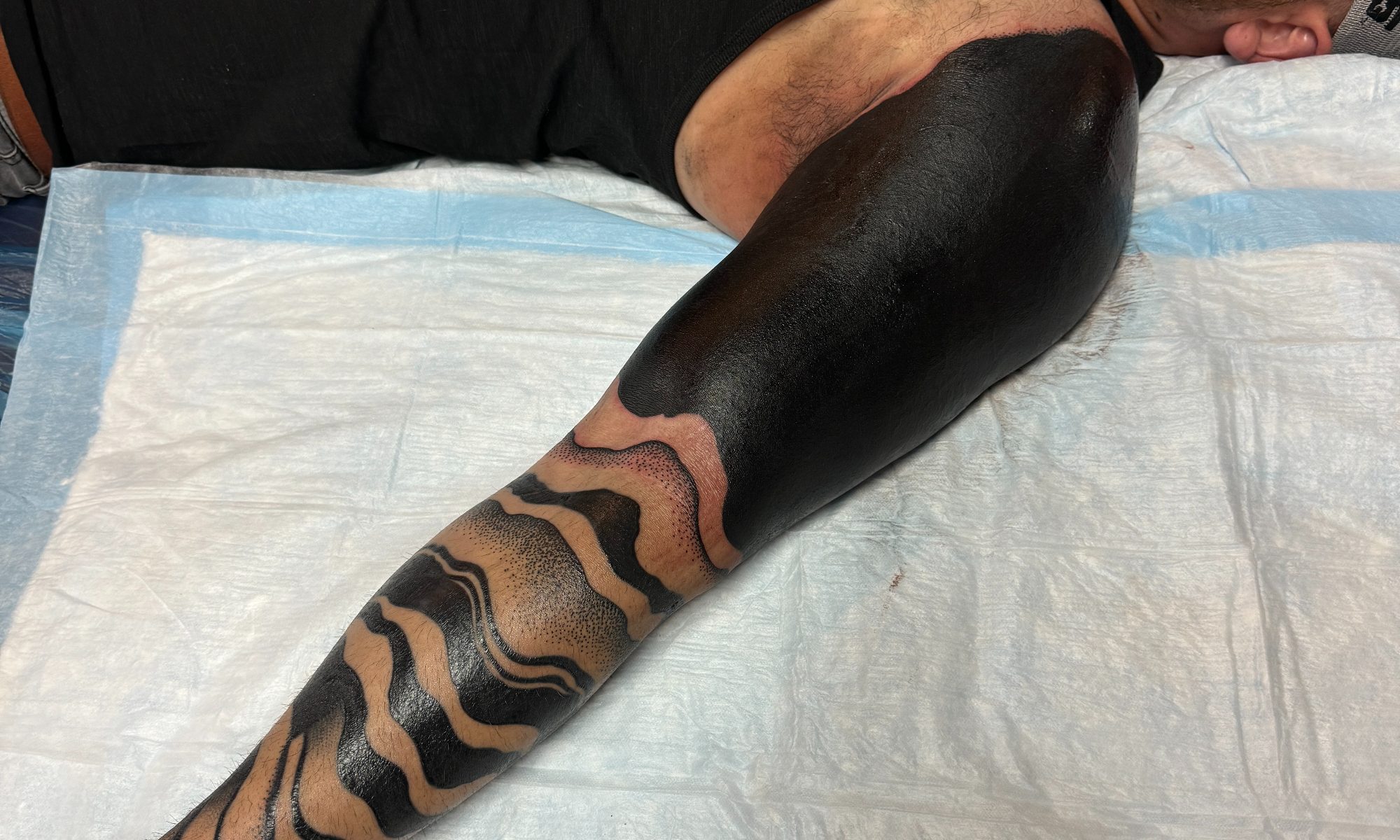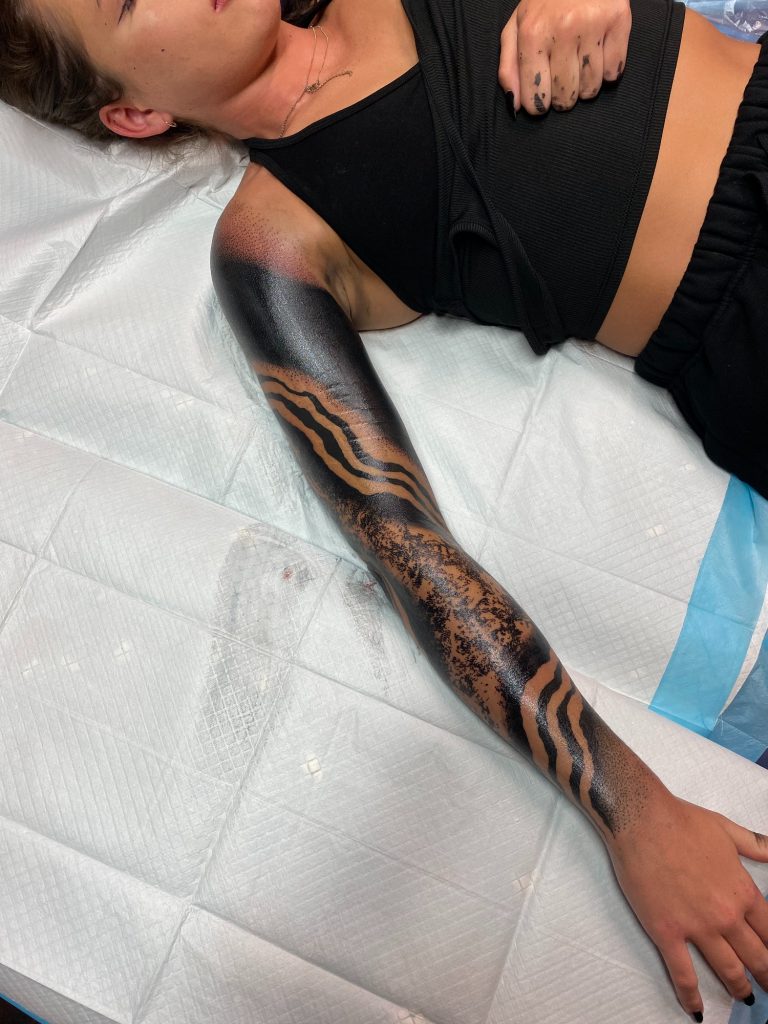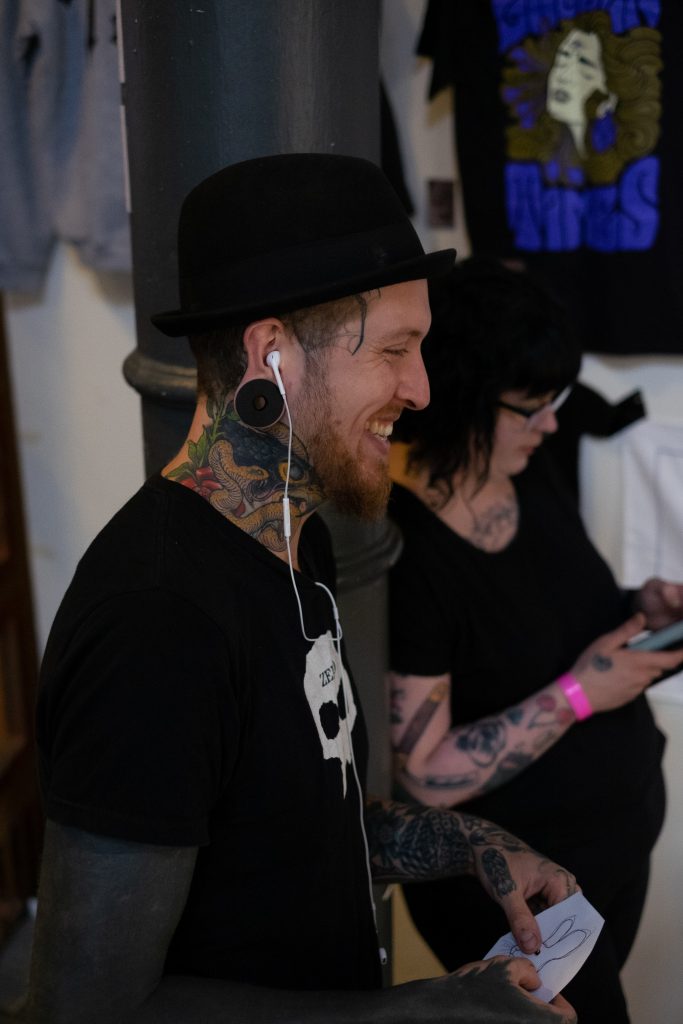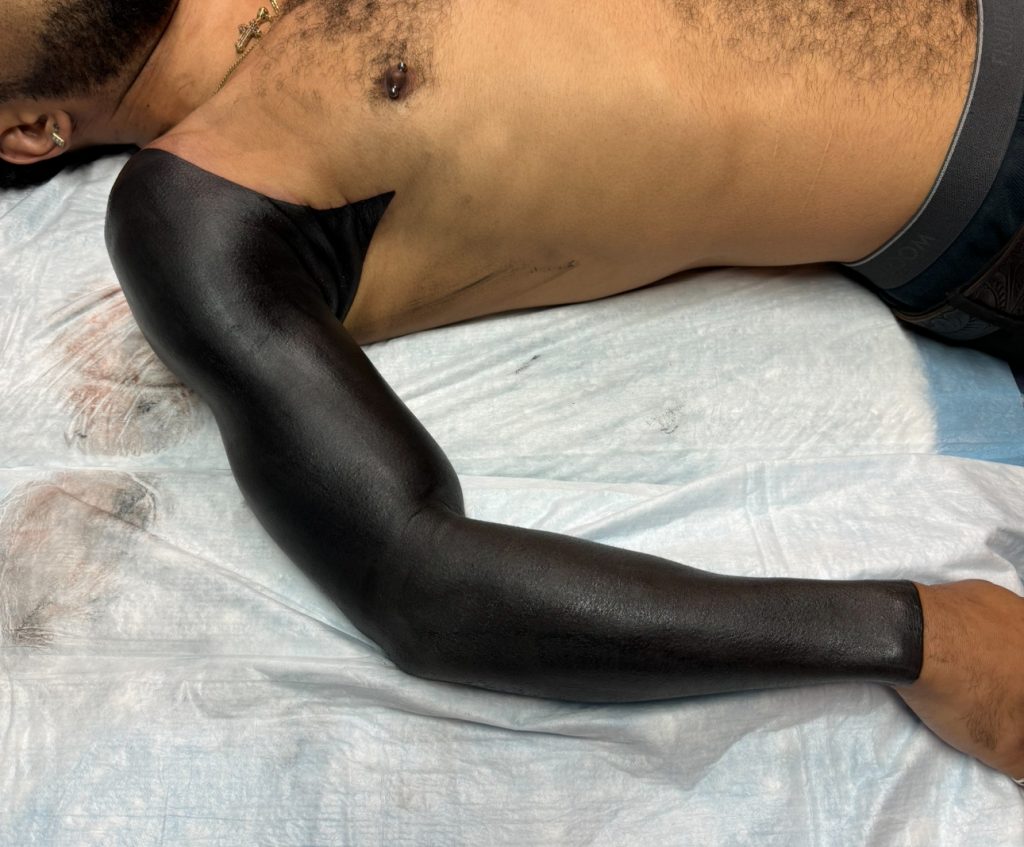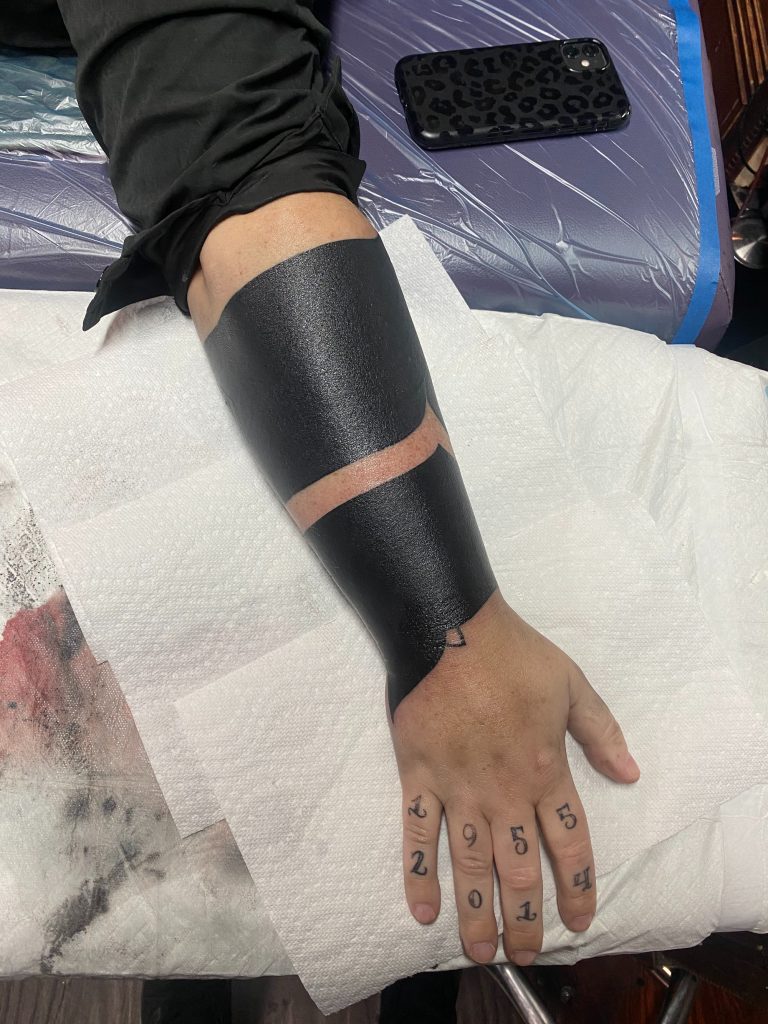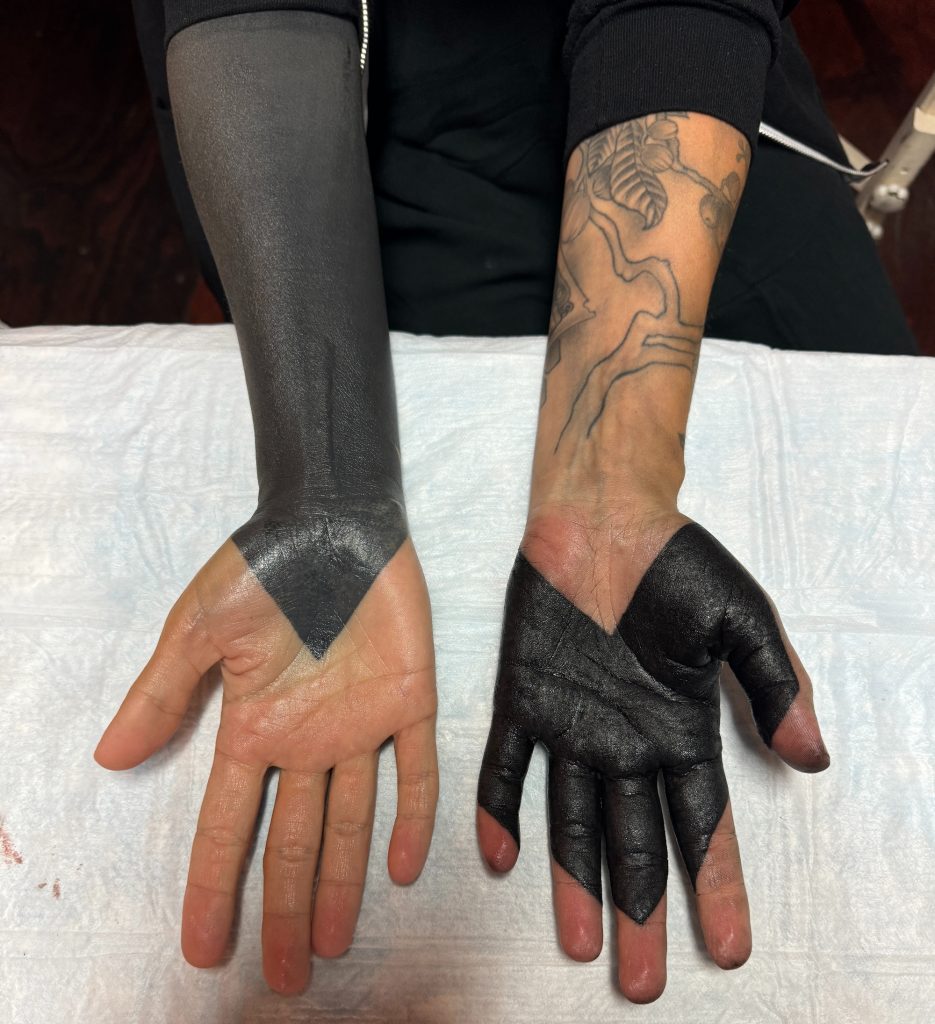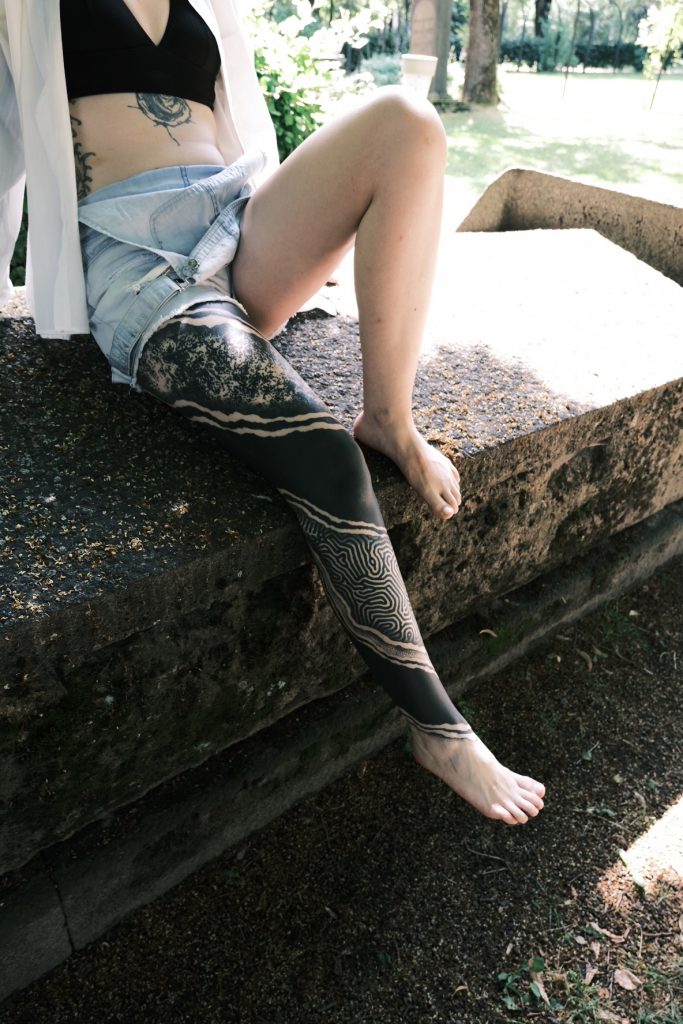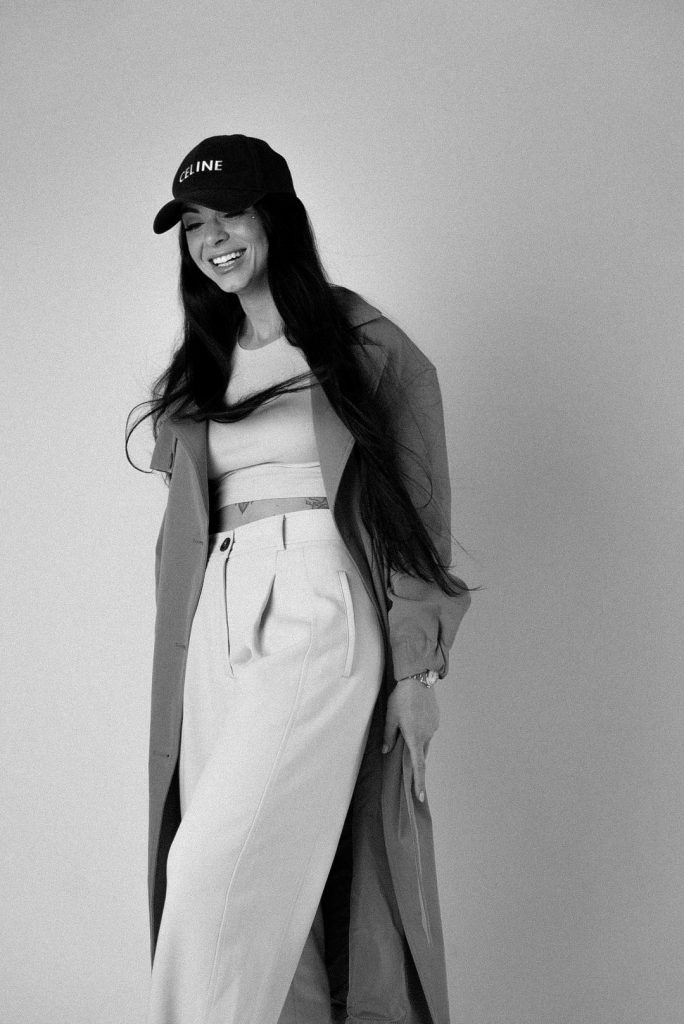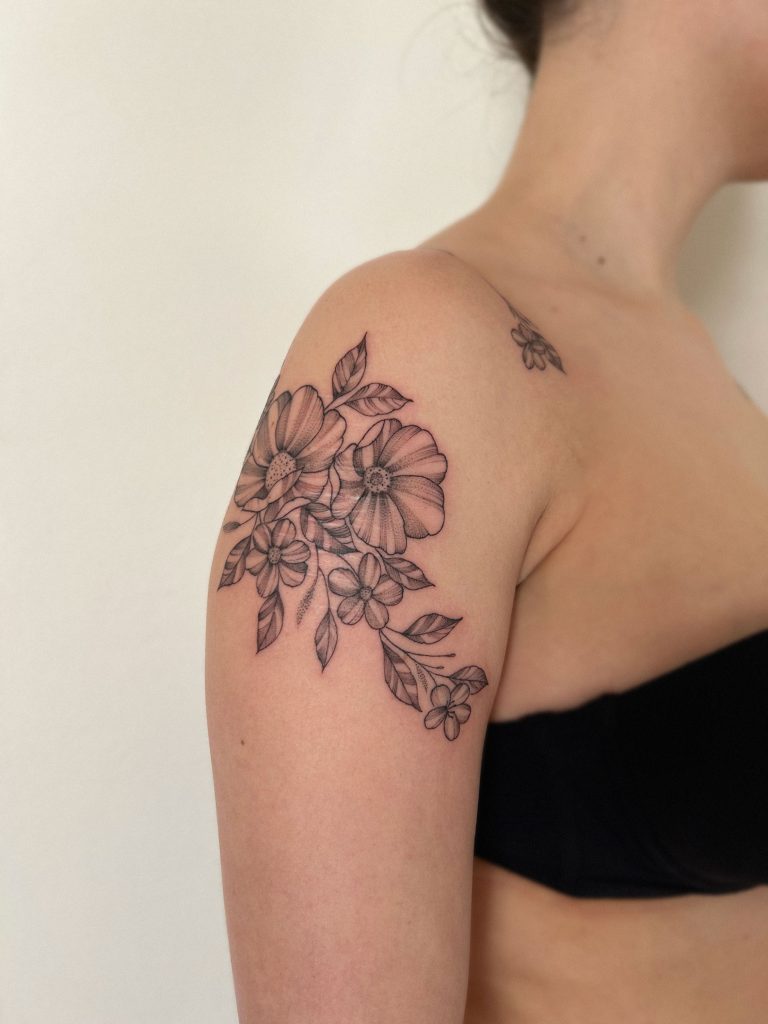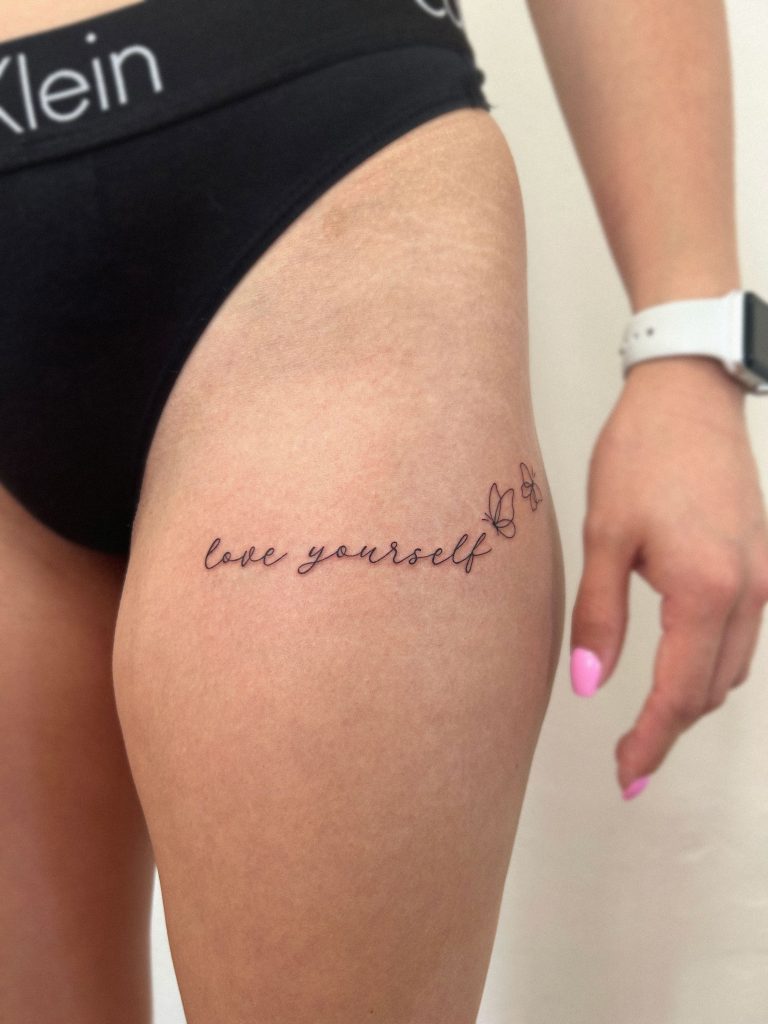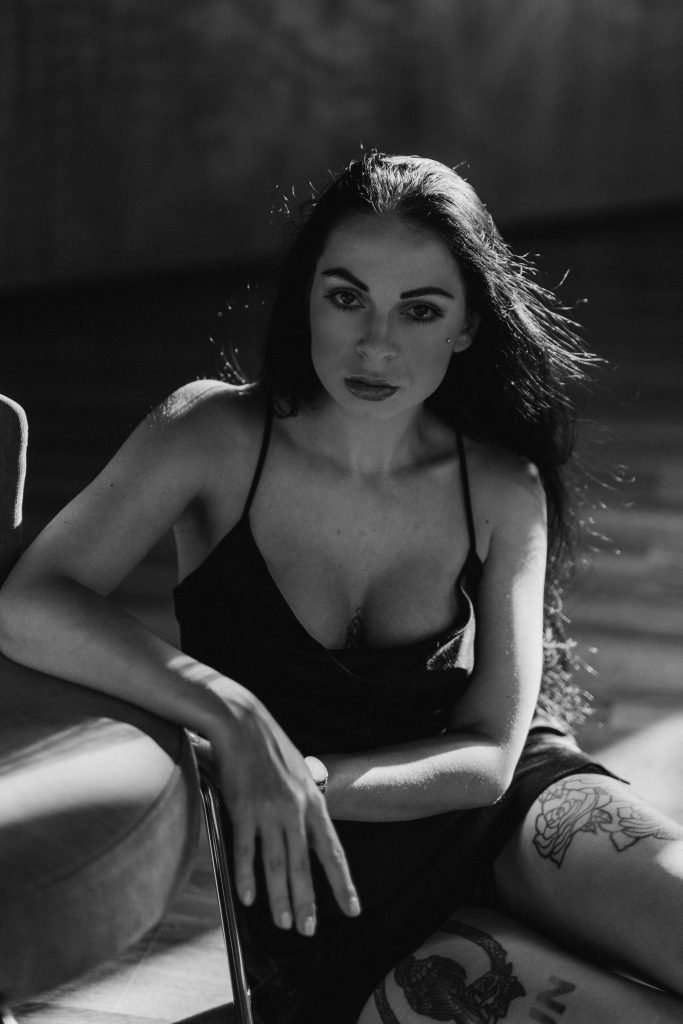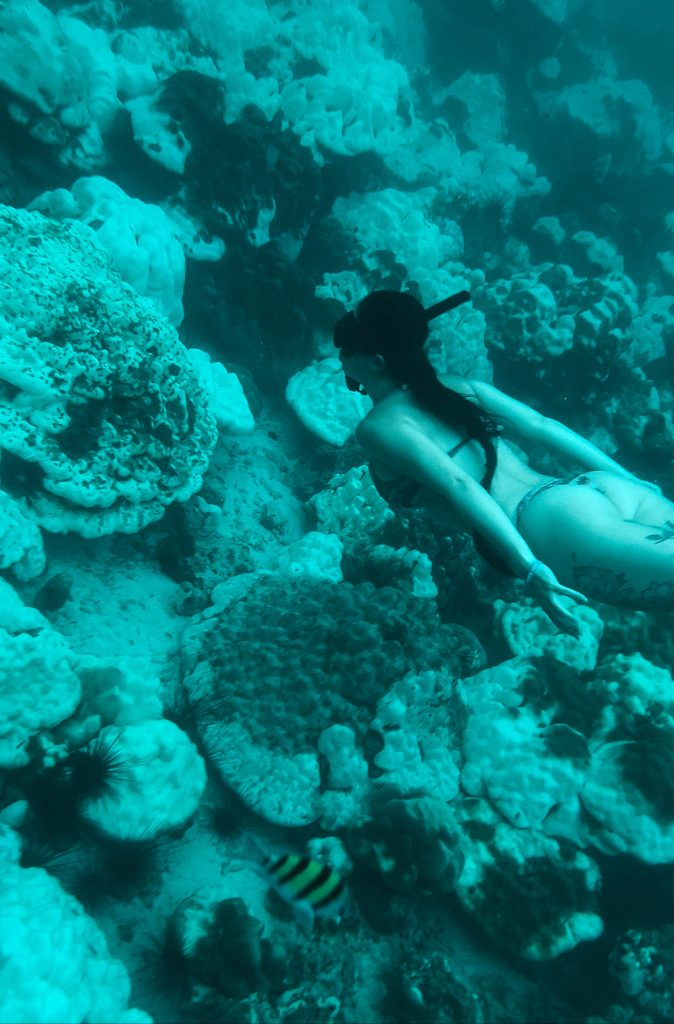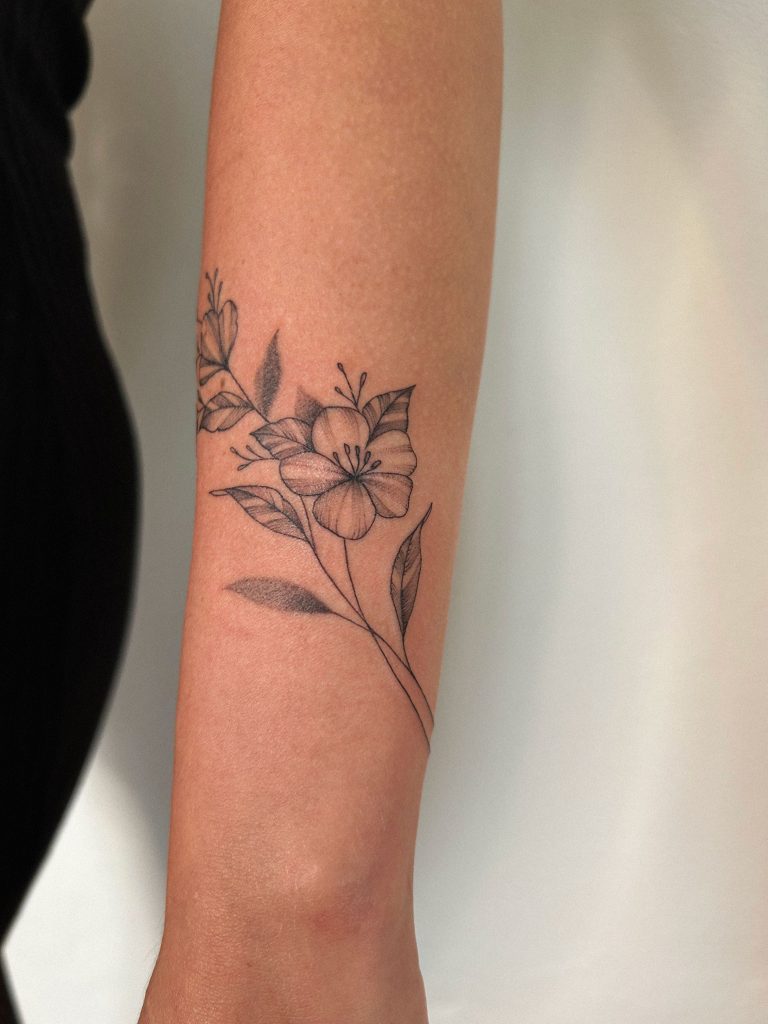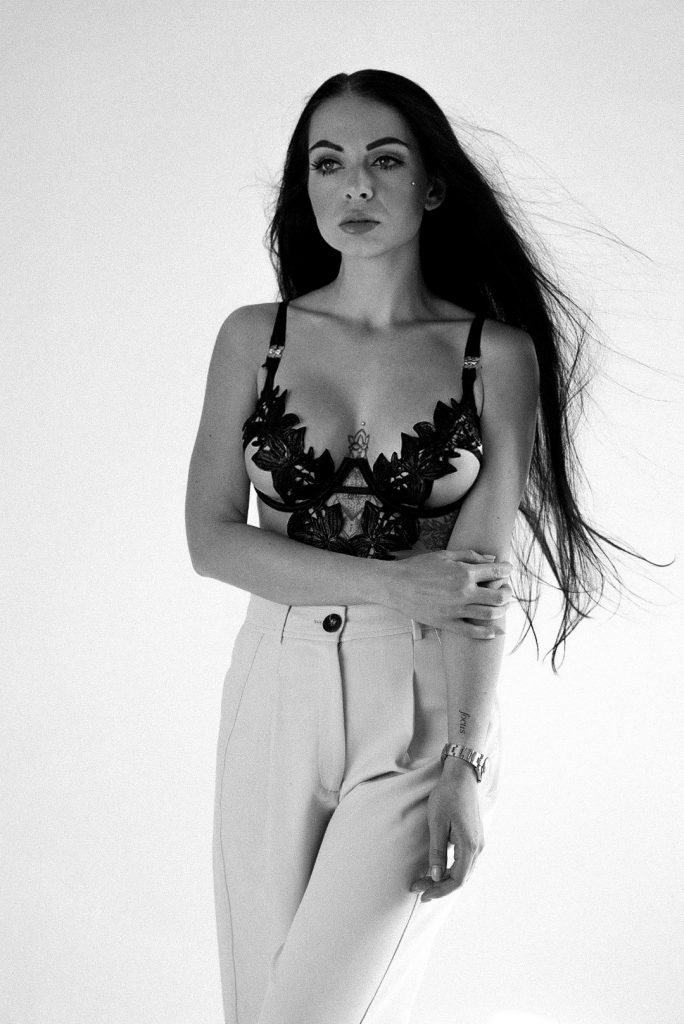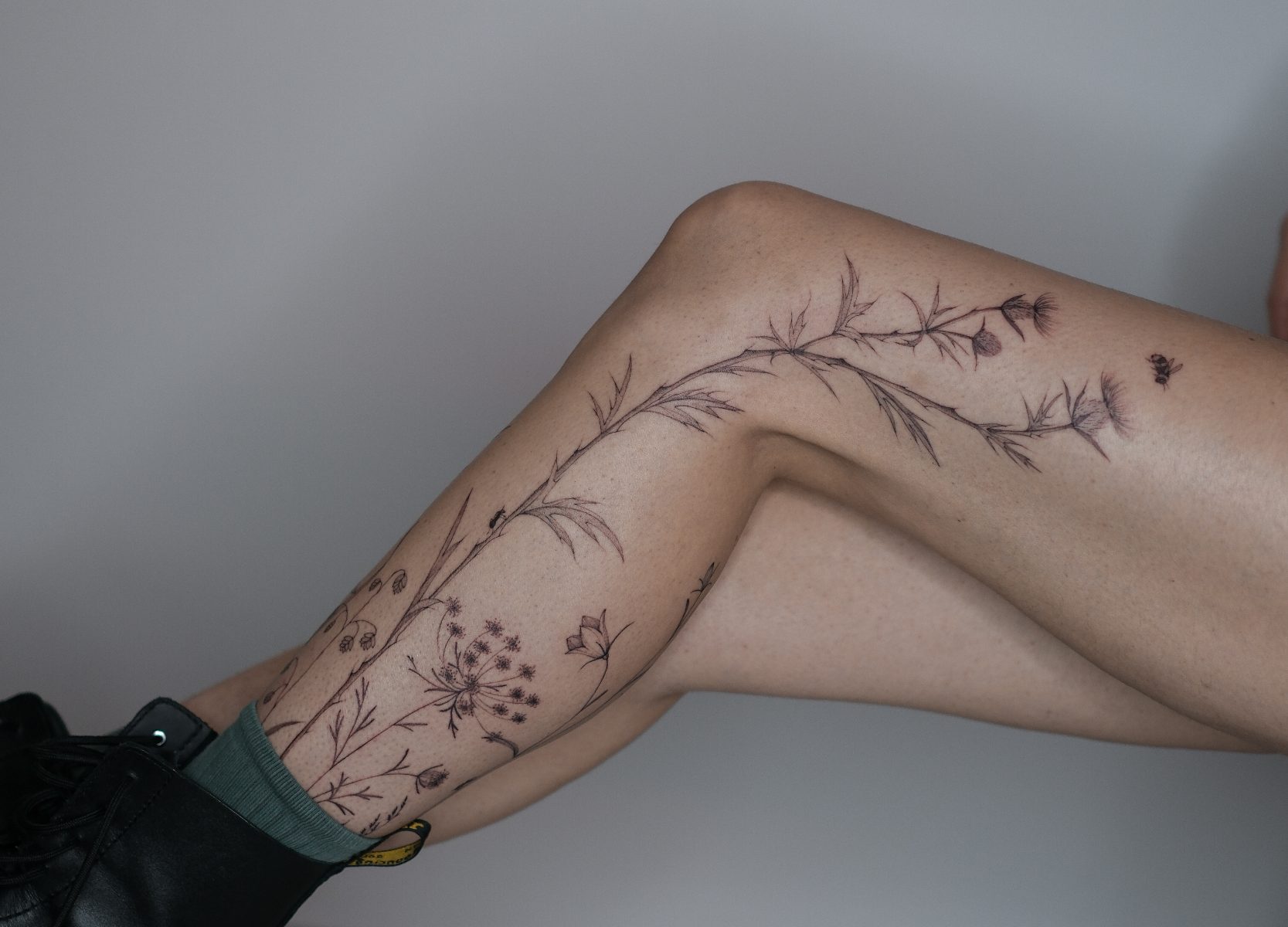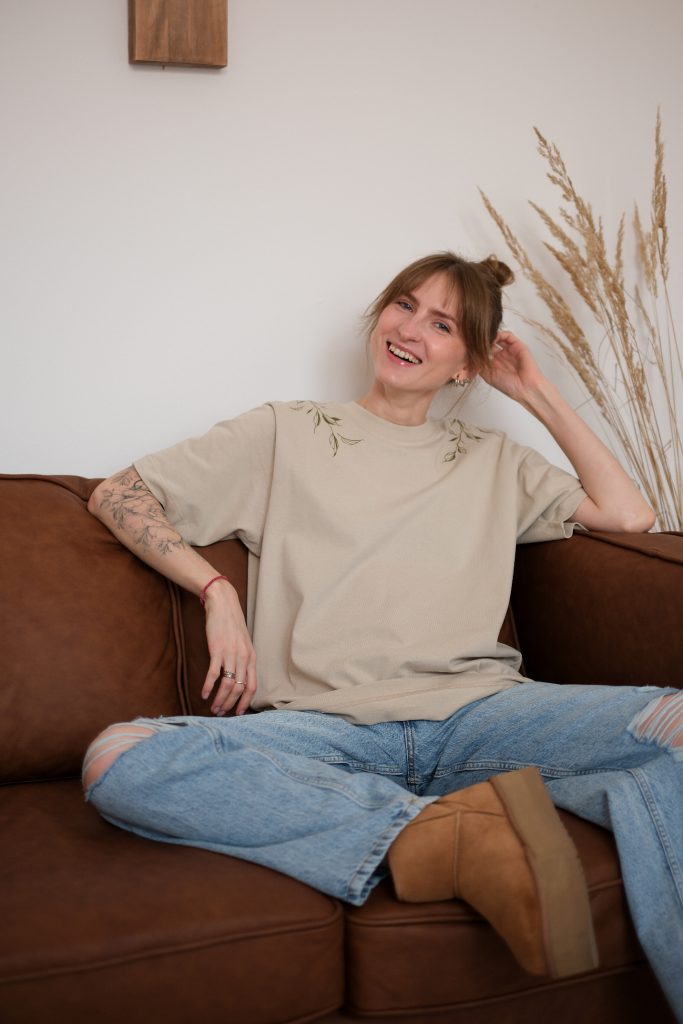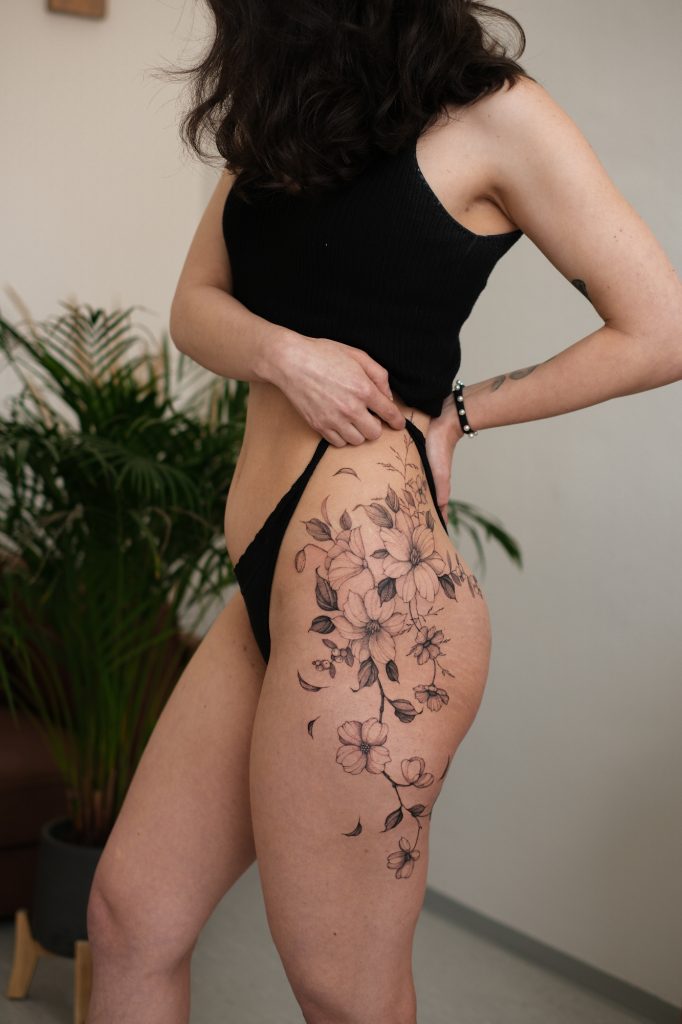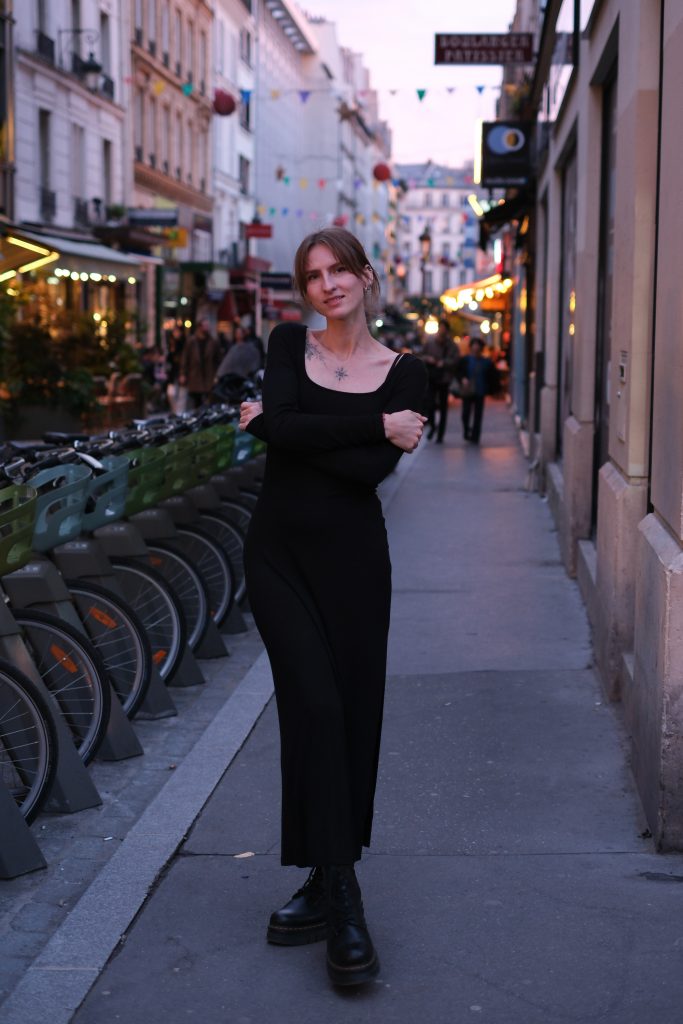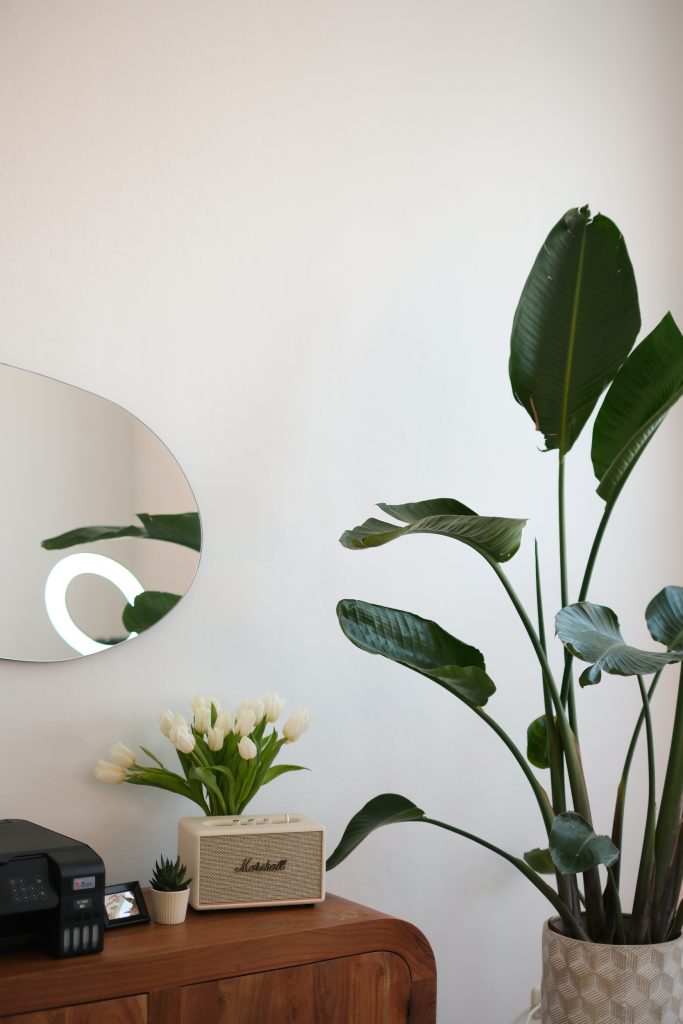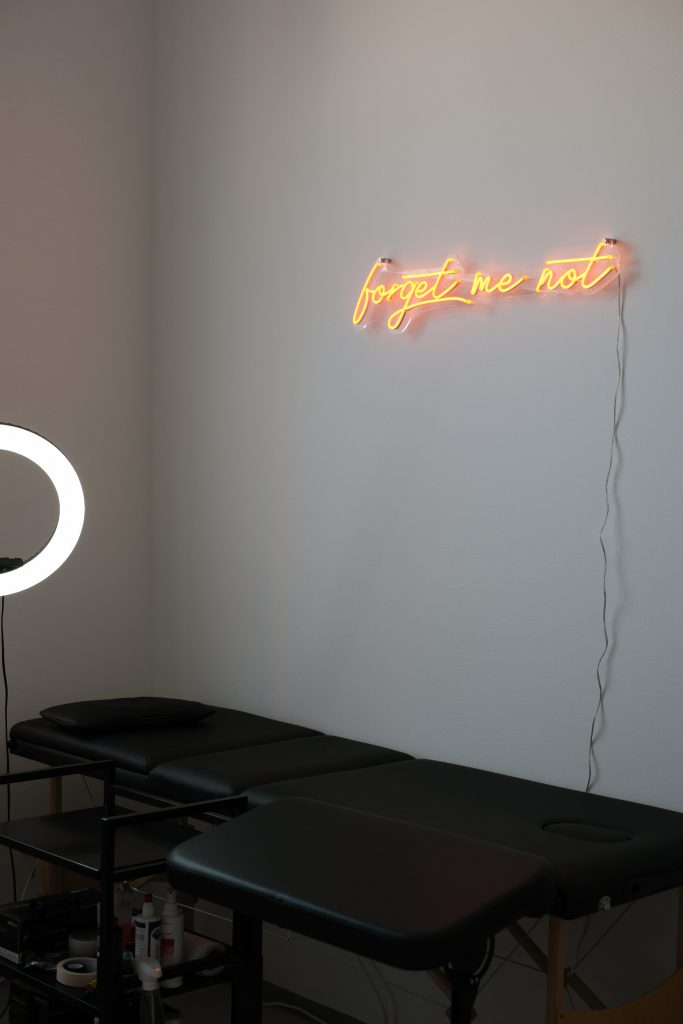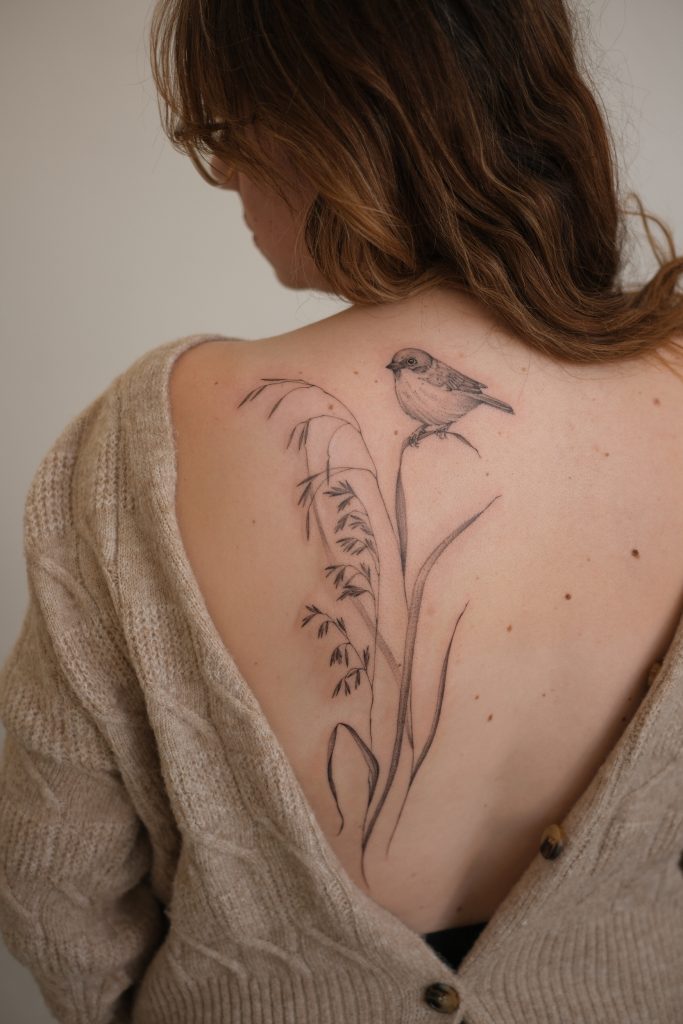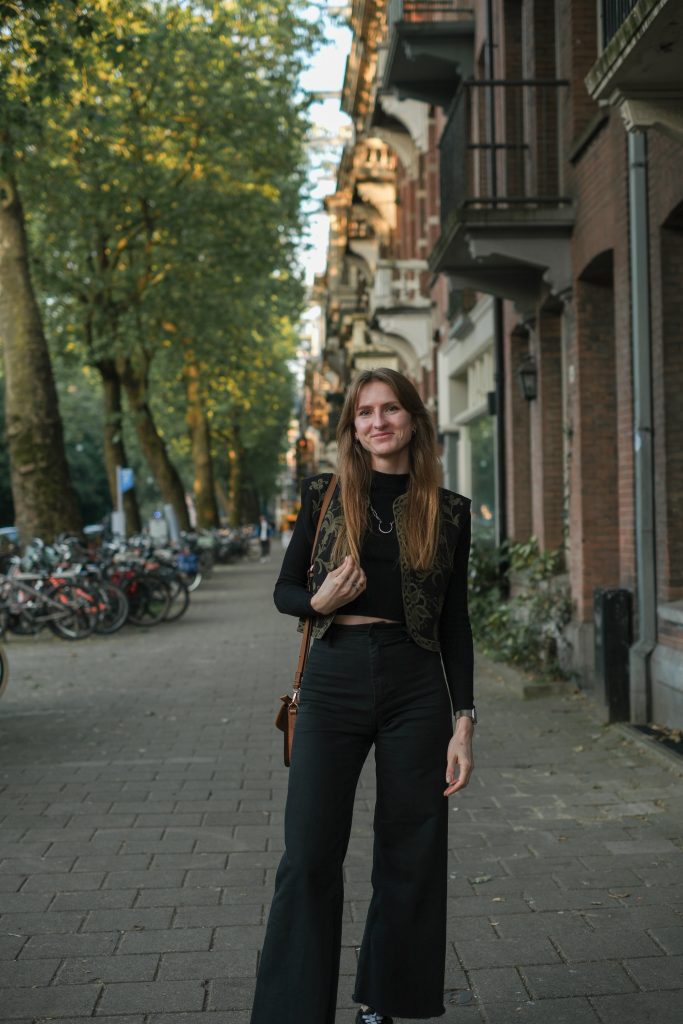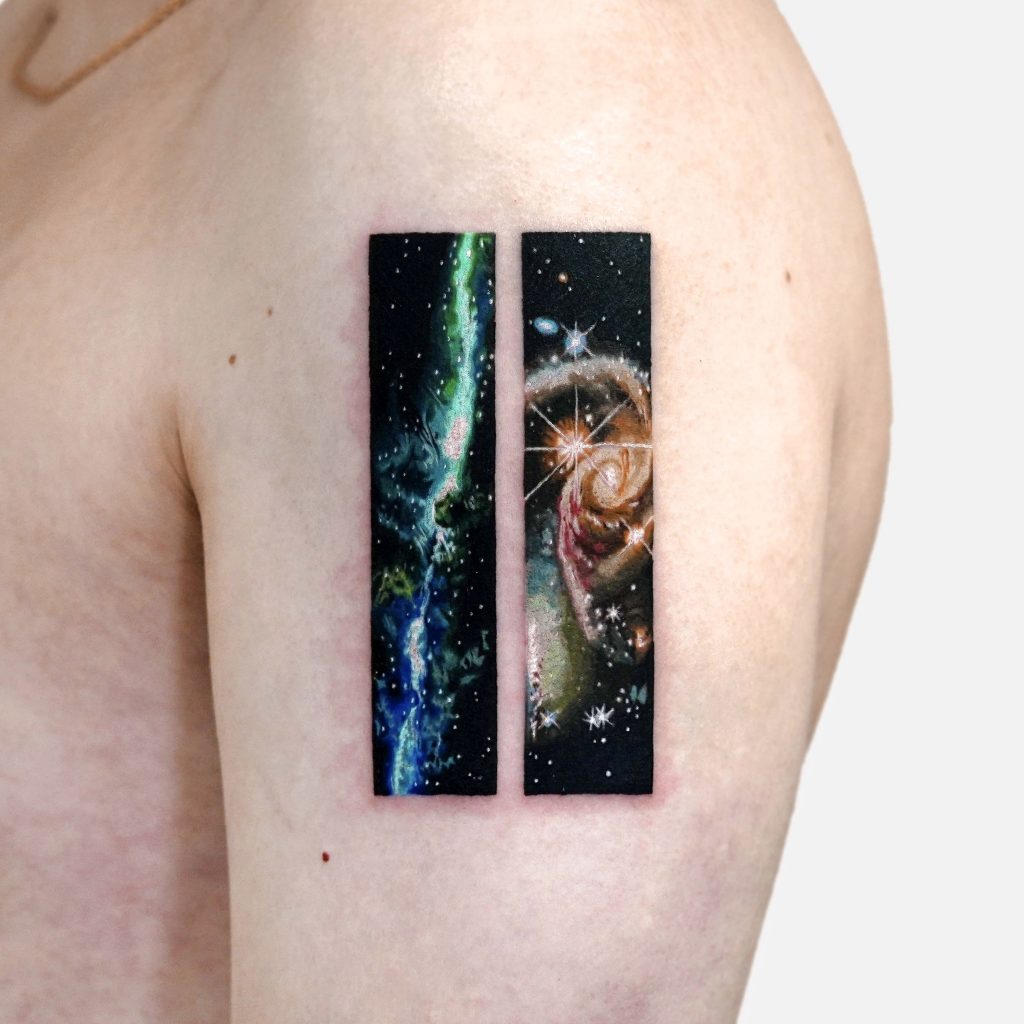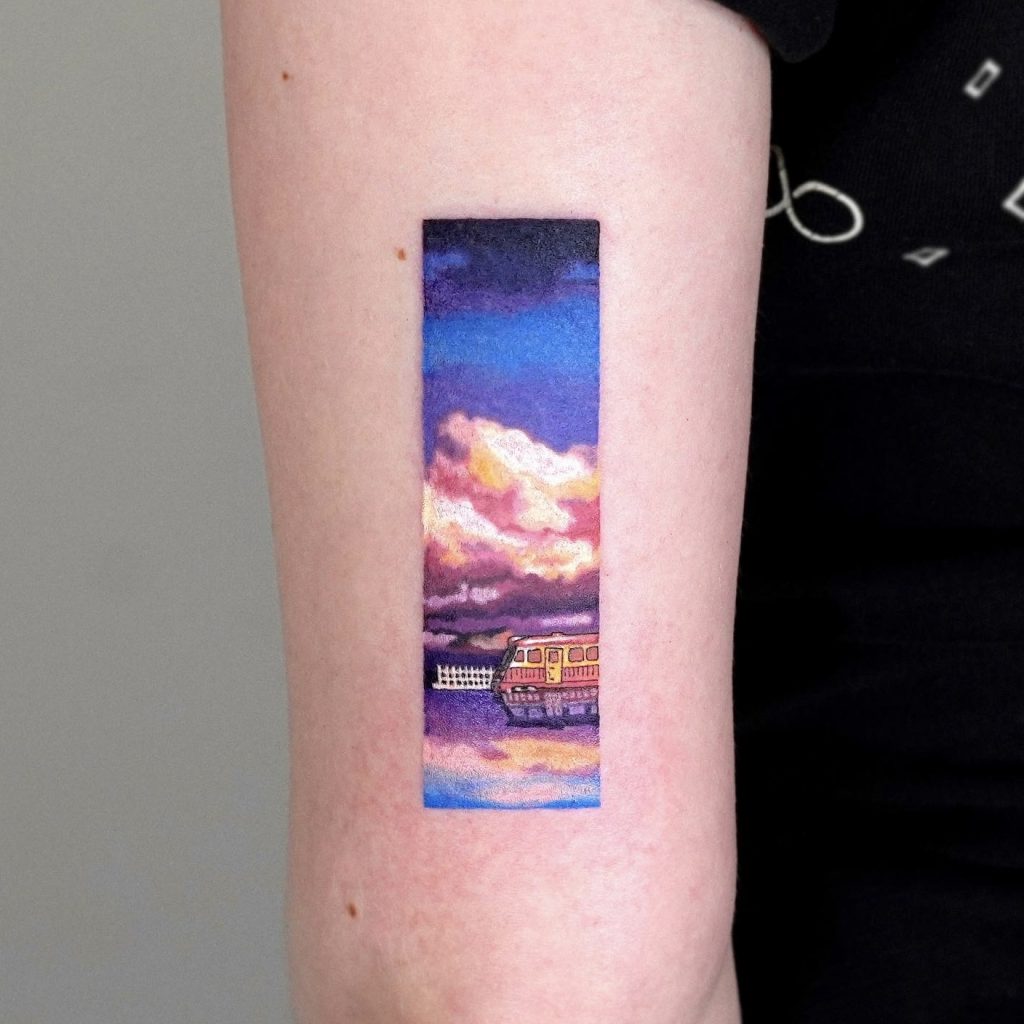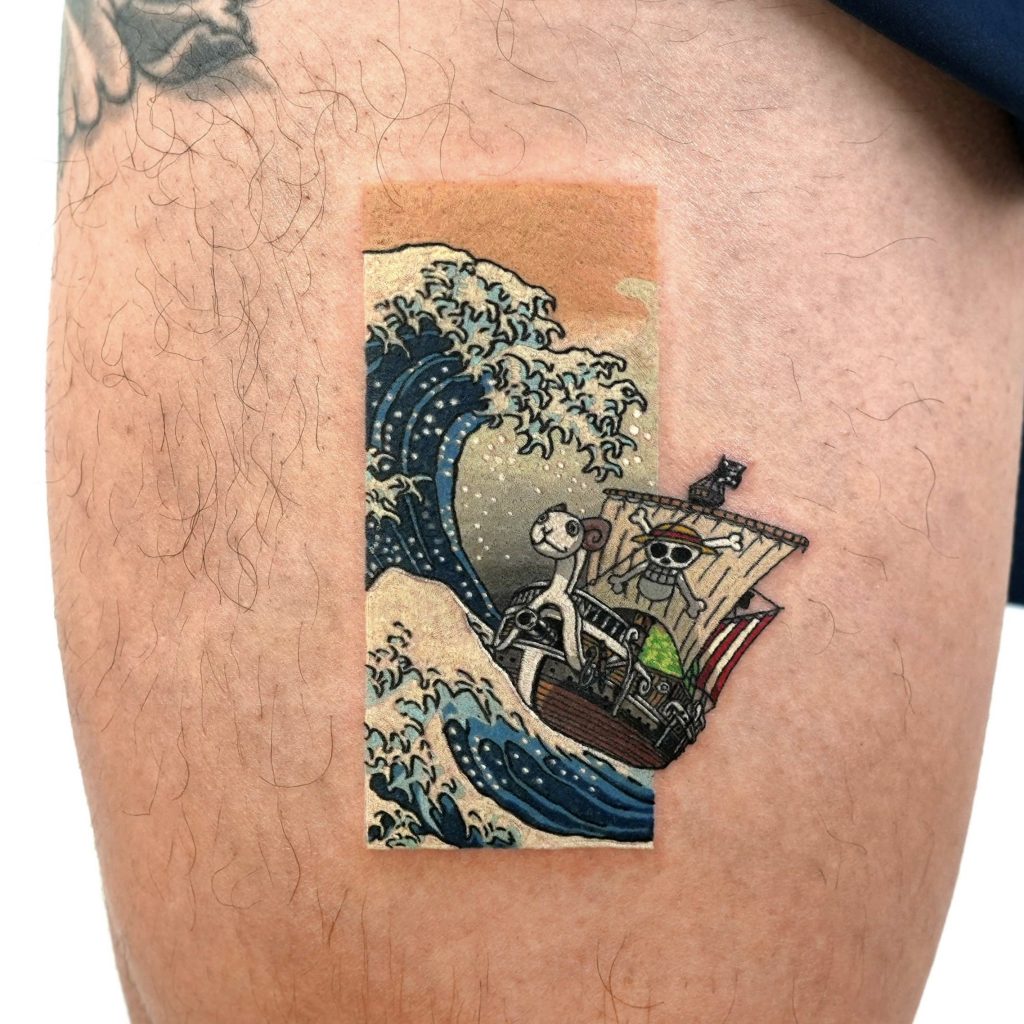Tattoo artist Edvin Tedebring (@e.tedebring) has been tattooing for seven years and now works at Dropout in Copenhagen. Back when he first started, he thought about giving up, but his wife encouraged him to keep going – and we’re so glad he did. His work is monochrome with a beautiful ethereal quality to it and his tattoos are a collaboration with each tattoo collector. He takes us back on his journey to discover how his style has become what it is today…
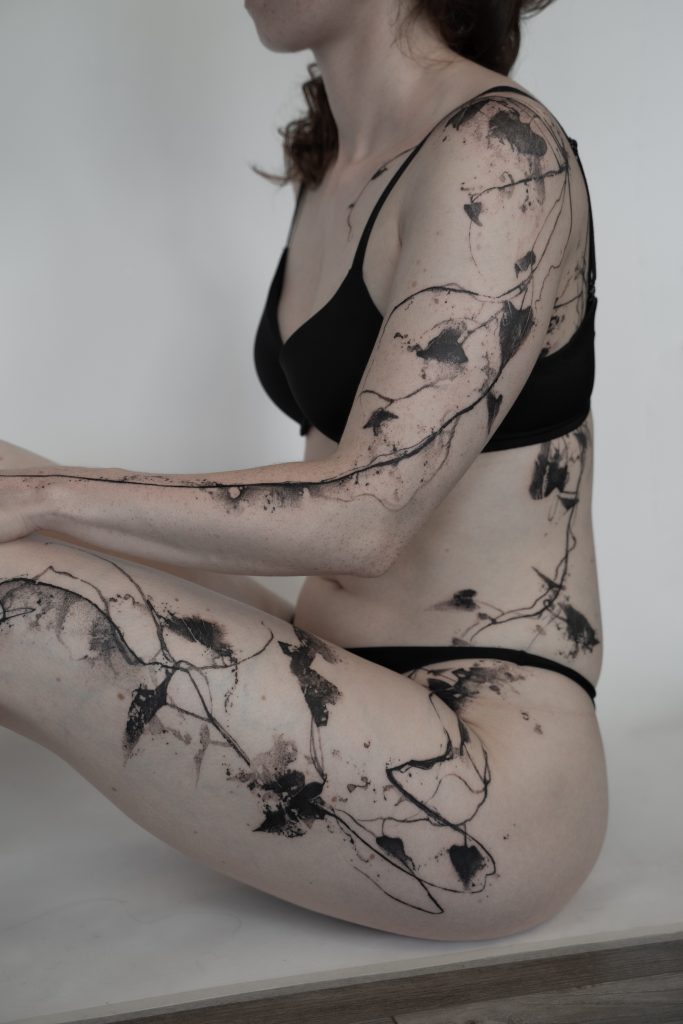
When and why did you first fall in love with tattoos?
I honestly think my love for tattoos was always there. I found tattoos fascinating and intriguing – even as a kid. Tattoos seemed to leave an imprint on everyone, whether good or bad. I thought this was so interesting, and I guess I got hooked.
The interest in making it a career probably started out when Miami Ink was popular on TV. My drawings started becoming influenced by tattoo designs I saw. I pretty much made up my mind that I would make this a career, even though my designs were absolutely terrible at the time.
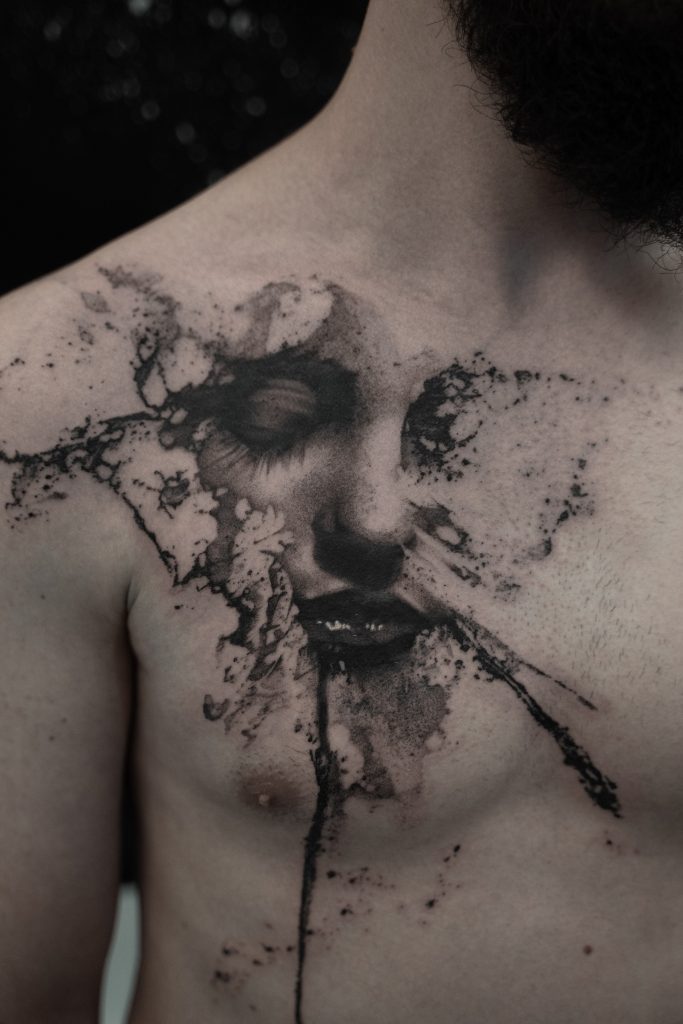
How long have you been tattooing for? What was it like learning?
I have been tattooing for seven years now. When I started out, I did an apprenticeship in the north of Sweden, where I am from. I remember the first time I tattooed synthetic skin, and I came home to my girlfriend, now wife, and told her this is not for me. I thought I was so bad that I would never manage to ever learn, so I’d better just quit immediately. Luckily for me, she pushed me to continue and she has kept on pushing me since the first day in this career. If it was not for her, I don’t think I would be where I am today.
With that said, it was tough in the beginning. I kept developing slowly but steadily and I worked really hard to make this a serious career. I am glad I didn’t give up, even though I considered it several times.
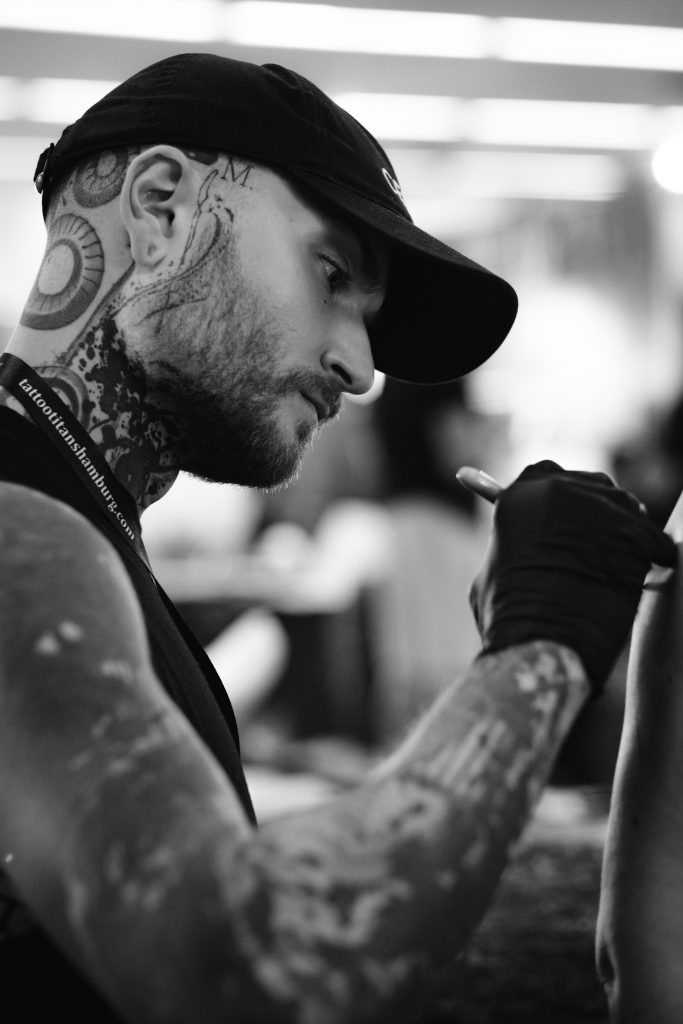
How did you develop your style to what it is today? What draws you to using just one colour?
When I started out I was drawn to gothic and horror themed tattoos. At the time, I thought that was what I wanted to keep doing. But as I progressed, I felt like a copy of a copy, and the horror motives felt so generic and repetitive. I needed to do something different.
I started adding abstract elements such as splatters and sketchy lines to my designs, to make them into something different. This led to me going more and more abstract and away from the gothic styles towards more peaceful and calm motives. That is where I essentially found myself, and that is where I am now. I am still developing ,of course, but I do believe I will be within this realm of style for a long time – if not the rest of my career.
I only use black and grey because I never personally liked colours. Don’t get me wrong, I appreciate some great colour work out there, but it was never something I wanted to either make or wear myself. How I think in terms of design is simply monochrome.

Your tattoos have an ethereal artistic quality to them. Do you consider yourself an artist, first and foremost?
It is interesting that you should ask that. I actually consider myself a designer rather than an artist. Before I got into tattooing I did a bachelor’s degree in Digital Media Production; where graphic design, UX / UI design, communication and photography were some of my favorite focuses.
With that in mind, I make great use of my eye for design and knowledge from my education in my tattoo work. I combine my graphic design skills and abstract artistic side to create my work. I don’t have any training in fine arts or such, and therefore I just consider myself a designer and a tattoo artist.

How do you usually work with customers? Is the process a collaboration?
All my work is custom, based on the communication with my collectors. Normally we will exchange ideas and thoughts and then I will make my design and present it to them on the day we meet for the session. Sometimes I draw the design freely on the skin, in which case I first sit down with my collector looking at inspiration from my previous work, to get an idea of what they want.
I sometimes make design concepts I want to do and post them as available, but I do that less and less now, as I prefer custom work.

Do you love to travel? Where have you been and where’s next?
I do love to travel, yes. Part of why I like this career is due to the travelling and the opportunities that it creates. My next trip will be to London, where I have been many times before. I enjoy that city a lot.
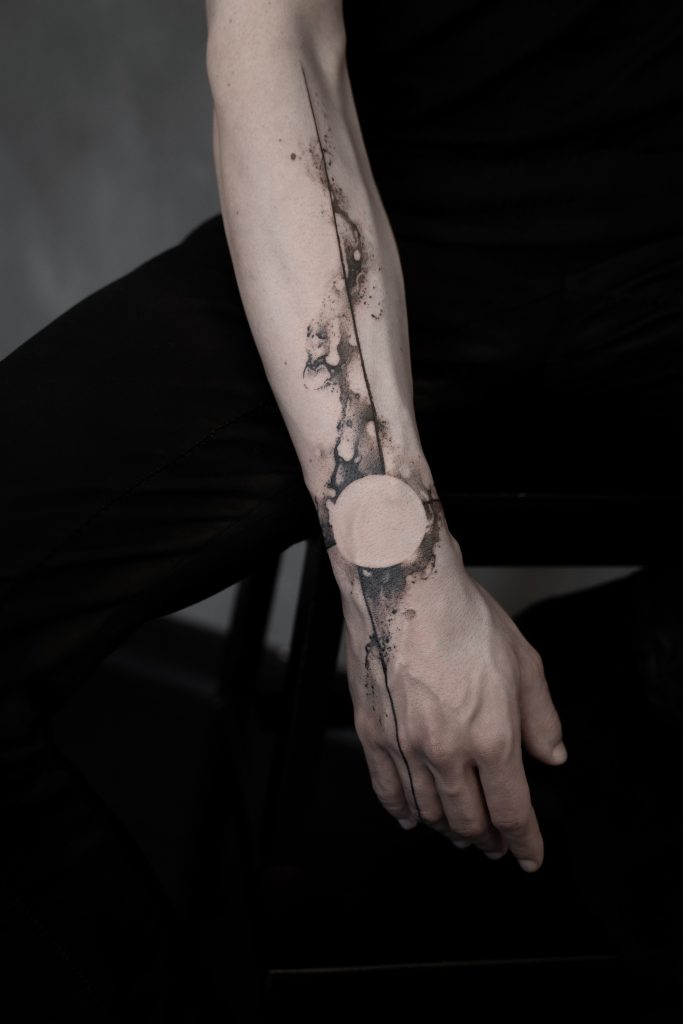
Which artists do you admire and why?
I like a lot of different artists, both within tattooing and other forms. I have had the pleasure of meeting a lot of fantastic tattoo artists over the years, and they each leave something that I take with me. Whether technical skill, entrepreneurial skill or anything else. I admire any artists who stay true to themselves and their vision.
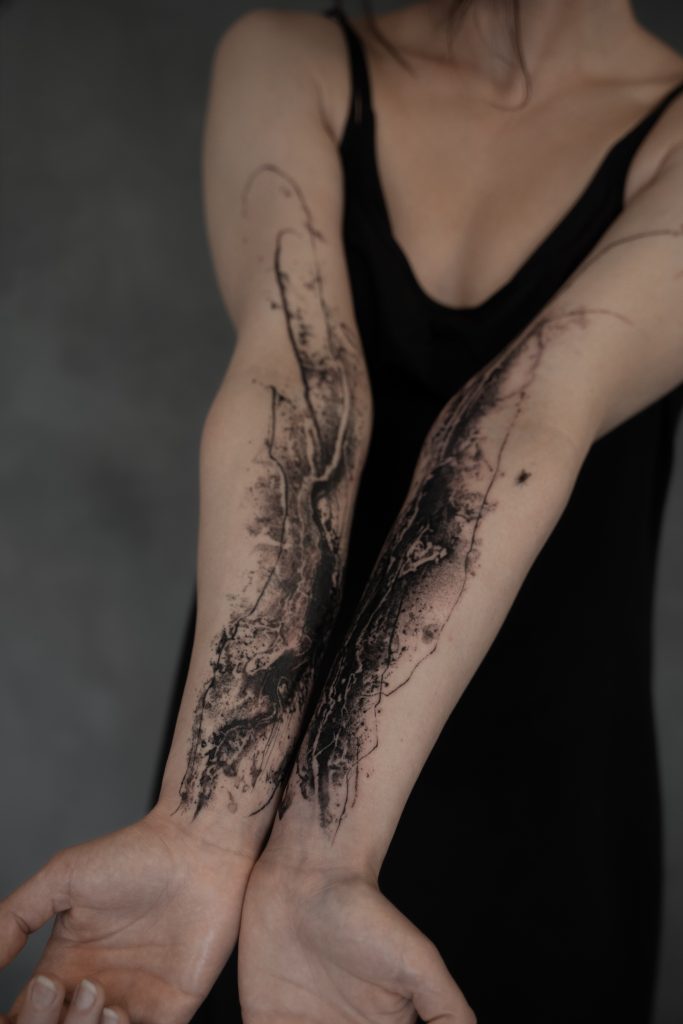
Are you planning any guest spots? If so where and how do we book in?
This year I did a lot of guest spots and the last one will be London in November. I will be guesting at EXP Haus / 10a Collective. Then I will go to Berlin in January. It’s all booked up already, but normally I take requests through my website etedebring.com.

What are your hopes for the future?
I always have a lot of big hopes and plans for my own journey, but I keep them quiet until I’ve made progress worth sharing.
As for the tattoo world, I hope we all can embrace the new era of tattooing and stop with the gatekeeping and negative attitudes. Tattooing is part of the creator economy, and everyone has to adapt if they want to remain in the game. That means working as an entrepreneur and an artist. The tattoo industry has never been better, in my opinion. It holds endless opportunities for the ones who are willing and hungry.
Make sure to follow Edvin (@e.tedebring) on Instagram and check out his website for more tattoos and to book yours.
We’re always talking to amazing tattoo artists, check out our latest interviews.

